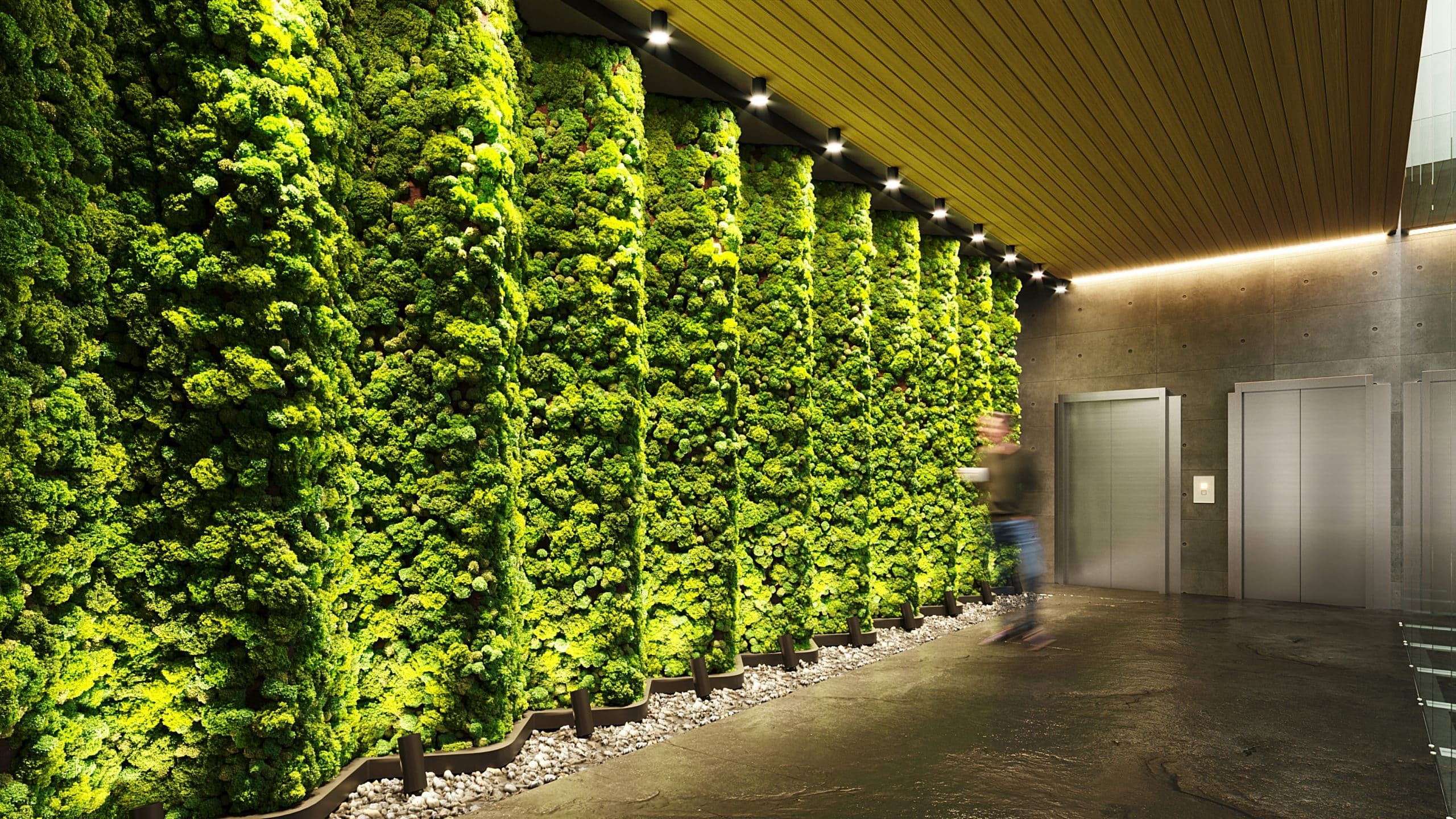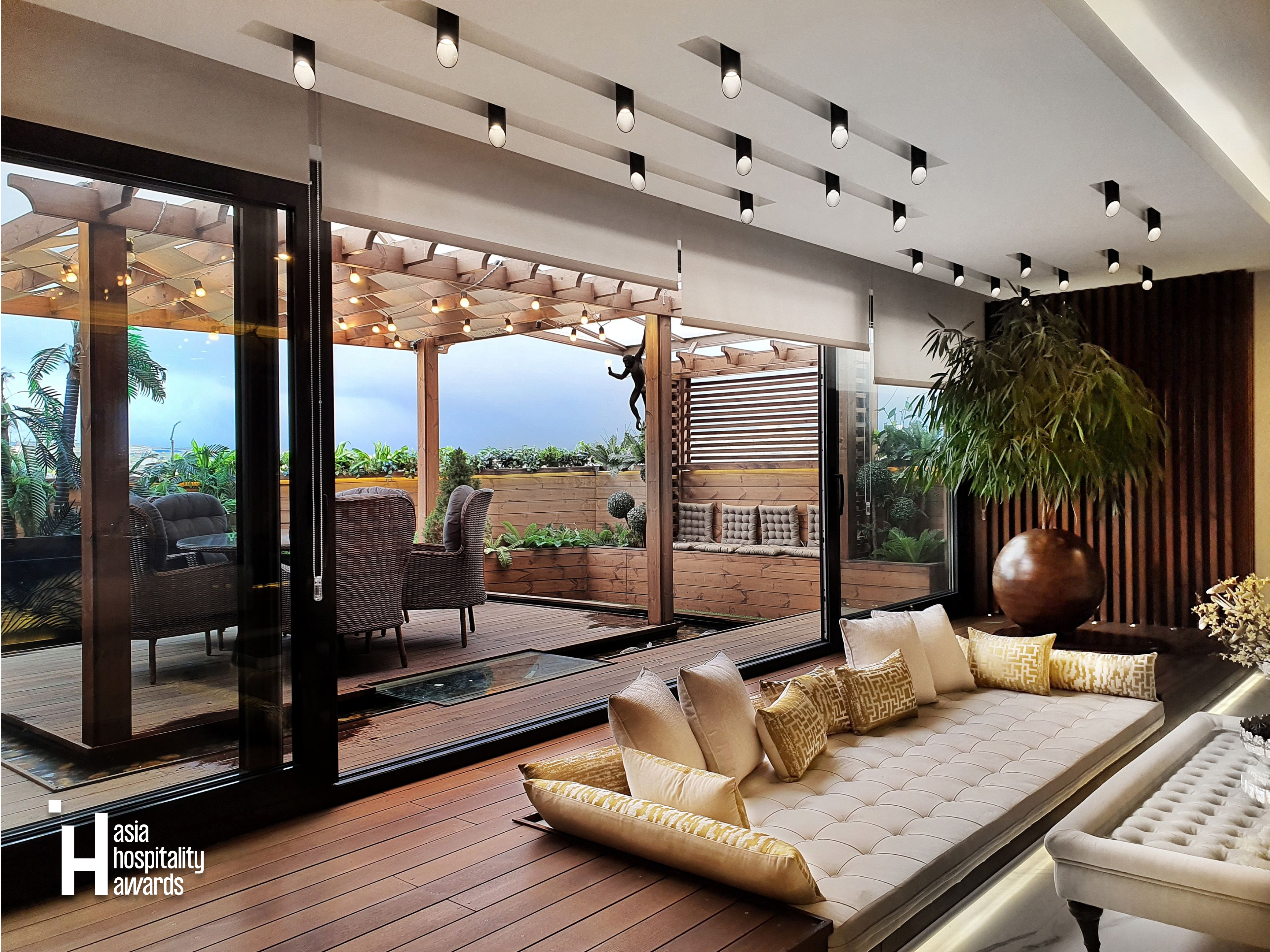
Biophilic Design in Hospitality: Bridging Nature and Modern Comfort
In a world where the human connection to nature is increasingly becoming a central element of well-being, biophilic design is emerging as a transformative force in the hospitality industry. This design philosophy, which focuses on integrating natural elements into the built environment, aims to create spaces that foster relaxation, improve mental health, and support sustainability. With its focus on harmonizing nature with modern architecture, biophilic design is set to shape the future of hospitality.

Winner of 2024 AADA - project Hotel Indigo Kuala Lumpur on the Park (Nexus Idea Consultancy Sdn Bhd)
Why is Biophilic Design Essential in Today’s Hospitality Landscape?
1. Elevating the Guest Experience
The modern traveler is no longer content with merely a place to stay; they are seeking environments that promote peace, well-being, and a sense of connection to the natural world. Natural materials, plant life, and sunlight are integral to creating restorative spaces that cater to the growing demand for wellness in travel.
2. Aligning with Sustainability Values
As environmental concerns intensify, travelers are more eco-conscious than ever. Biophilic design responds to this demand by using renewable materials, green spaces, and energy-efficient technologies that not only create a more pleasant atmosphere but also promote sustainability. Hotels that invest in eco-friendly biophilic design elements are seen as leaders in sustainable tourism, building long-term credibility among environmentally conscious guests.

(Source: Quiet Earth Moss)
Emerging Trends in Biophilic Design
Biophilic design in hospitality is far from a one-size-fits-all solution; it is a dynamic concept that continually evolves to reflect broader societal trends and environmental needs. Here are some key trends shaping the industry:
1. Indoor-Outdoor Integration
The growing preference for seamless transitions between indoor and outdoor spaces is at the heart of biophilic design. Large windows, open courtyards, rooftop gardens, and expansive terraces are becoming staples in hospitality architecture, allowing guests to feel immersed in nature without leaving the comfort of their rooms. This trend not only enhances guest experience but also optimizes the use of natural light and fresh air, which are known to improve mood and productivity.

Winner of 2023 AADA - project Villa At Height (Elements of Architecture)
2. Use of Natural Materials and Organic Patterns
Materials such as wood, stone, and bamboo are being used to craft interiors that mimic the natural environment. These materials not only evoke a sense of warmth and comfort but also contribute to a hotel's sustainability efforts. Organic textiles and patterns that reflect nature’s forms - such as leaf prints, stone textures, and wood grains - are becoming prominent in both hotel interiors and furniture design.

Winner of 2023 AADA - project MONROE (Kenkoon ex Co. LTD)
3. Water Features and Sensory Appeal
Incorporating water elements, such as cascading waterfalls, fountains, and reflective pools, enhances the sensory experience for guests. These water features contribute to the calming atmosphere that biophilic design aims to create, offering both visual and auditory stimuli that promote relaxation and mindfulness.

Winner of 2024 AADA - project Bon Kiara Luxury Condominium (PAD Space Artisan)
Looking Ahead: The Future of Biophilic Design in Hospitality
The rise of biophilic design is not a fleeting trend; it is a fundamental shift that will continue to evolve as sustainability and wellness take center stage in the hospitality industry. Moving forward, we can expect biophilic design principles to become more sophisticated, with advanced technologies like smart lighting, temperature regulation systems, and air purification that adapt to guests' needs and optimize the natural environment.